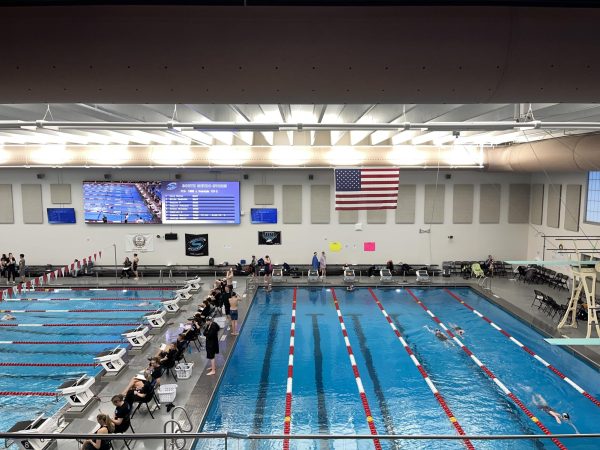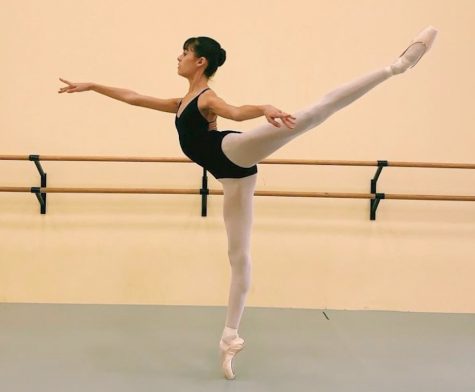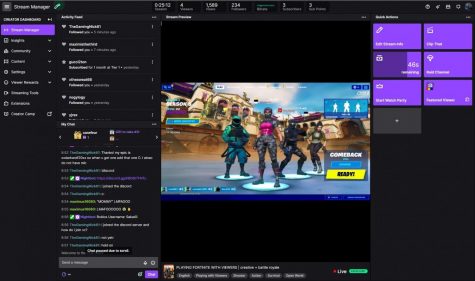Hands down
October 12, 2017
From the moment a student enters a classroom or learning environment they are taught to raise their hand. To voice their opinion, to comment on a work, to ask a question, and to even do the basic action of going to the bathroom or getting a drink of water.
For years we are conditioned to raise our hands and keep the mouth sealed. As students transition into later grades, they stop following their teacher in a single-file line and start organize their planners without needing a parent sign-off, yet they are still required to raise their hand.
High school students continue to raise their hands to get acknowledgement, but are then thrown into business meetings and professional settings where raising hands demeans their position. As the grade level gest higher, less and less hands are seen in the air and shorter they appear.
Does it mean we do not know the answer or have an opinion? No. It means we do not want to be called upon and shrink away from the pressure of speaking out. Why? Why does there need to be a pressure to answer a question or actively participate in a discussion?
Sure, it might be a personality trait or a personal preference to listen and then speak. But if we had environment where people were brought up to respect opinions, share their concerns, and learn from others, they would feel comfortable listening to others before speaking.
I am not asking for anarchic debates where screaming and crying is present. I am seeking for a comfortable environment where discussion is present and thought-provoking. Hand raising limits student autonomy.
Students: Put your hands down and start opening up.










